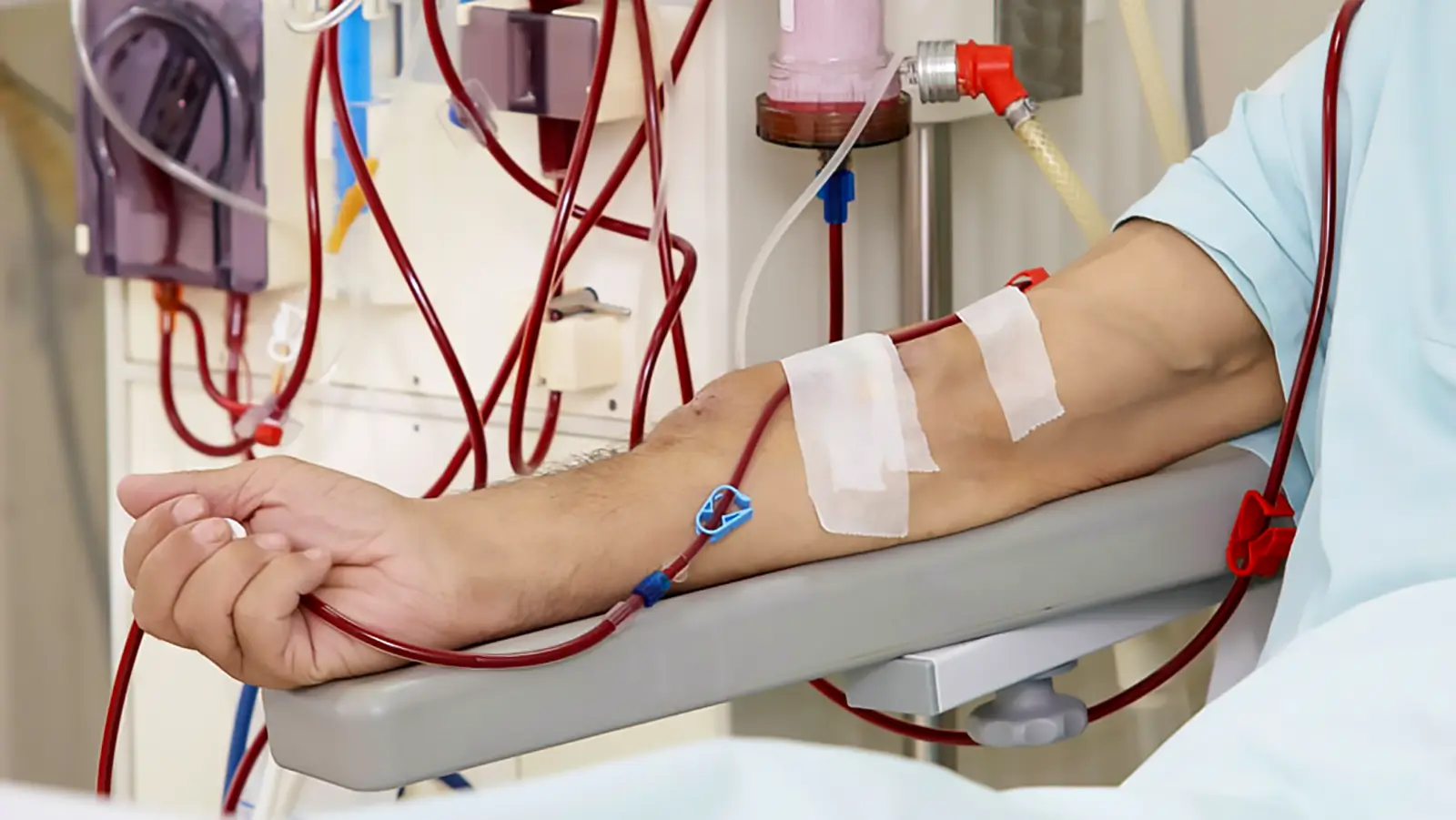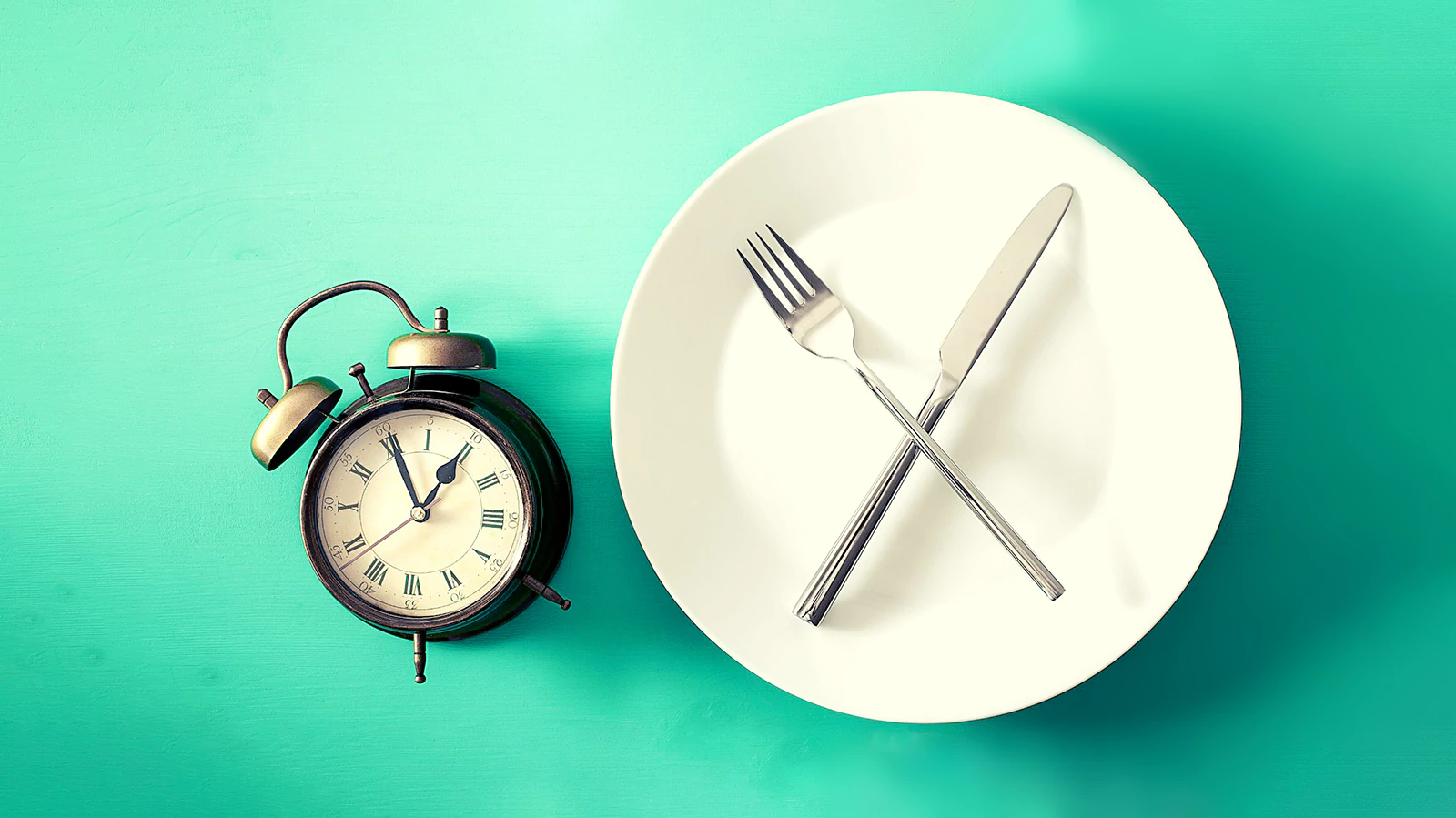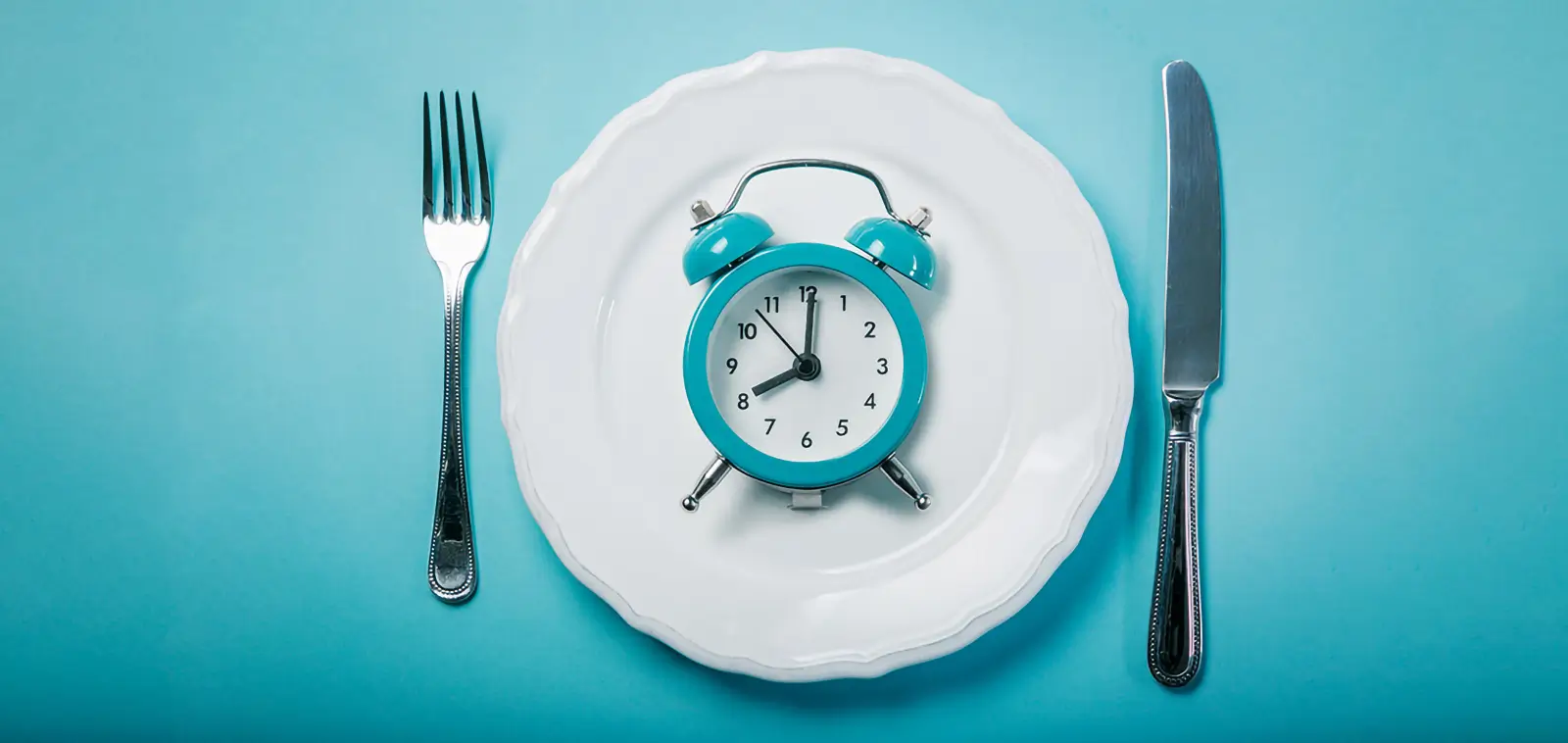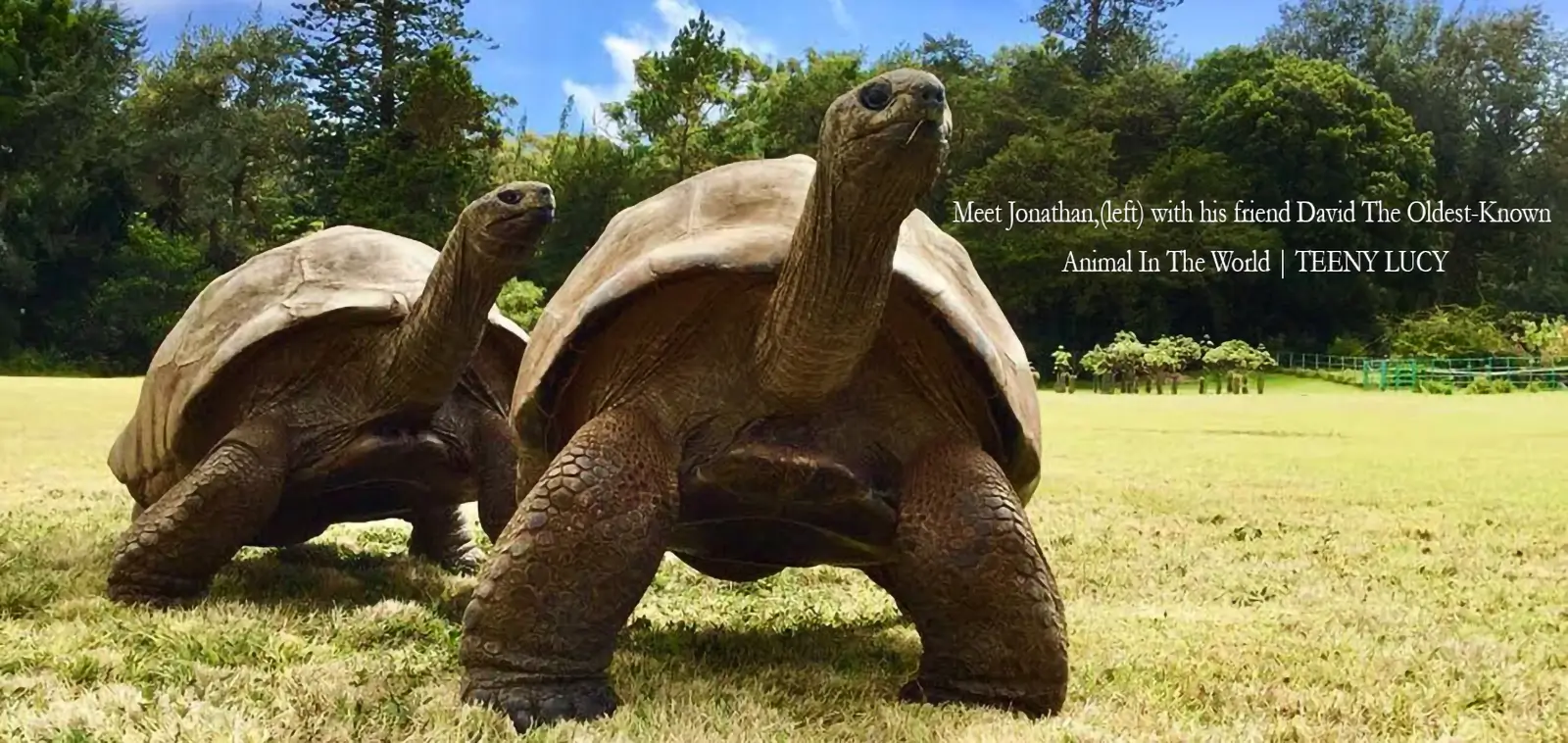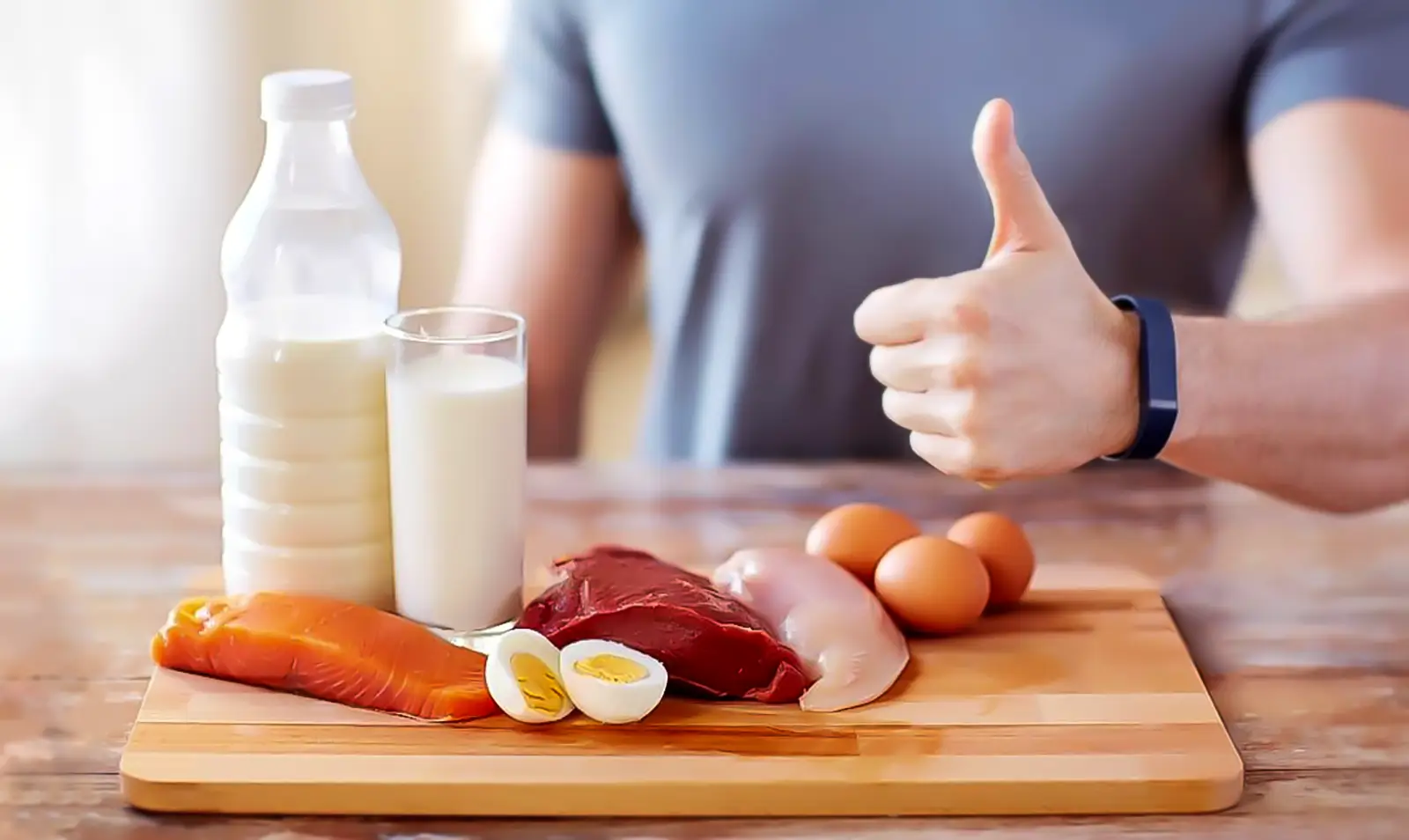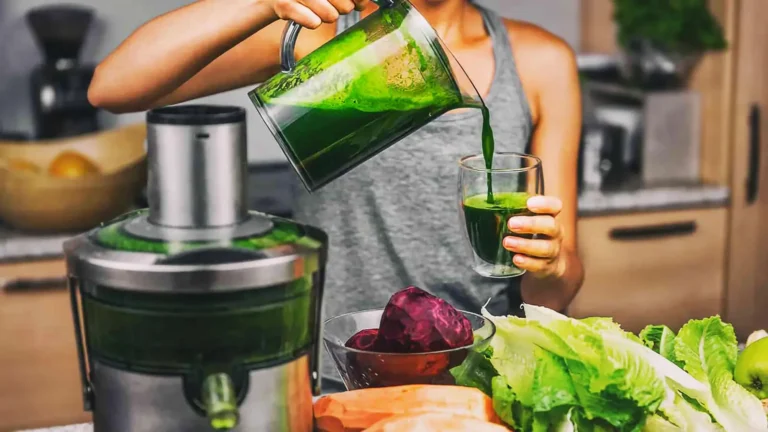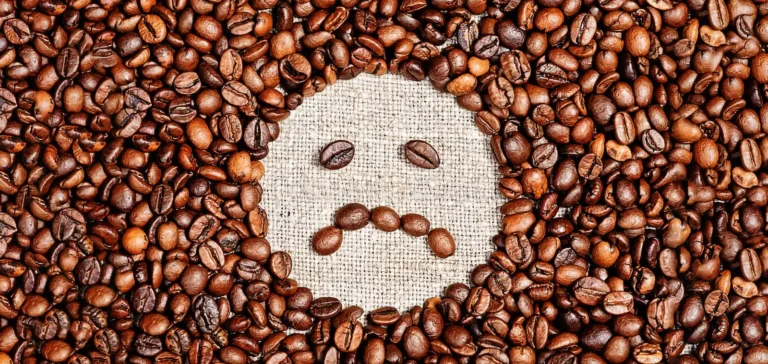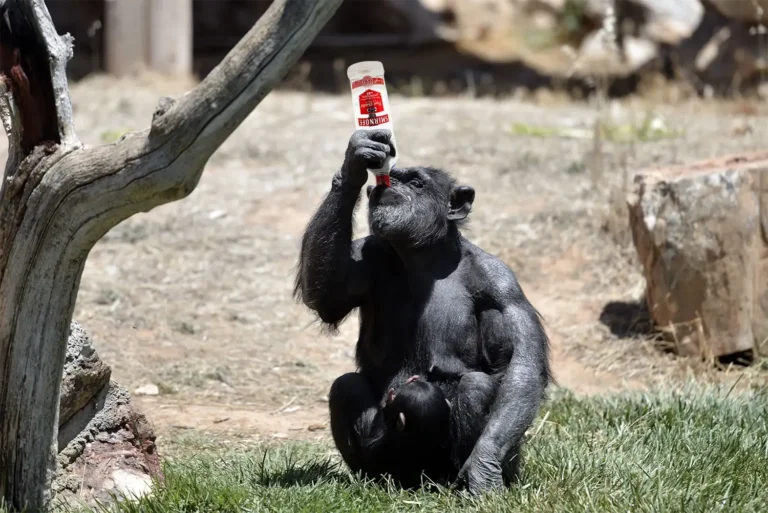La restricción de calorías, la Autofagia, la Longevidad, y la pérdida de masa Muscular
Todos queremos una cantidad considerable de masa muscular y un metabolismo rápido para poder comer más, pero la autofagia es lo que se ajusta a la biología evolutiva.
Milos Pokimica
Escrito por: Milos Pokimica
Revisado Médicamente Por: Dr. Xiùying Wáng, M.D.
Actualizado el 9 de junio de 2023Queremos tener tanta masa muscular como sea posible y un metabolismo rápido para poder comer más sin ganar peso, pero la biología evolutiva nos vuelve a decir lo que es saludable, y eso no es comer en exceso constantemente. A los animales en la naturaleza les cuesta mucho encontrar comida, por lo que un nivel básico de existencia es un mayor nivel de autofagia con ayuno intermitente y restricción calórica. Voy a utilizar una cita del sitio web del Instituto Nacional sobre el Envejecimiento del Departamento de Salud y Servicios Humanos de los Estados Unidos:
"Desde la década de 1930, los investigadores han constatado sistemáticamente que las ratas y ratones de laboratorio viven hasta un 40 por ciento más de lo habitual y también parecen ser más resistentes a las enfermedades relacionadas con el envejecimiento cuando se les alimenta con una dieta que contiene al menos un 30 por ciento menos de calorías de las que consumirían normalmente. Ahora los investigadores están estudiando si la restricción calórica afectará al envejecimiento de los monos y otros primates no humanos, y cómo lo hará."
En la actualidad contamos con un gran número de estudios en humanos (Fernández-Ruiz, 2017). La respuesta de restricción calórica existe en casi todas las especies analizadas hasta la fecha y probablemente evolucionó muy pronto en la historia de la vida en la Tierra como mecanismo para aumentar las posibilidades de sobrevivir a la escasez periódica. Existe una diferencia entre el ayuno y la restricción calórica prolongada, pero el mecanismo subyacente es el mismo, y la restricción calórica prolongará la esperanza de vida mucho más que el ayuno periódico, aunque incluso el ayuno periódico tendrá efectos beneficiosos sobre la longevidad.
Los beneficios provienen de dos razones principales. Hay otros beneficios como:
- mejora de la sensibilidad a la insulina
- regular las condiciones inflamatorias del organismo
- impedir la formación de células cancerosas
- desintoxicante
- mejorar los hábitos alimentarios
- equilibrio hormonal.
Sin embargo, hay dos razones principales a nivel celular que subrayan todos los demás beneficios que se derivan de ellas.
En primer lugar, cuando ayunamos, los niveles sanguíneos de insulina descienden significativamente, y los niveles sanguíneos de la hormona del crecimiento pueden aumentar hasta 5 veces. La insulina y la hormona del crecimiento desempeñan papeles antagónicos entre sí. Cuando una está elevada, la otra estará baja. Cuando nos vamos a dormir ayunamos durante 10 horas, la insulina baja y la HGH (hormona del crecimiento humano) sube. Cuando la HGH aumenta, crecemos, especialmente si estamos en la pubertad. La HGH estimula el crecimiento, la reproducción celular y la regeneración celular. Por tanto, es esencial en el desarrollo humano.
En segundo lugar, cuando ayunamos nuestras células inician importantes procesos de reparación celular y cambian los genes que expresan. Empezamos a regenerarnos y permitimos la limpieza y desintoxicación del organismo. Una de las razones por las que los enfermos tienen poco apetito es que están en un proceso de regeneración intensiva. En términos médicos esa regeneración se llama autofagia.
En griego antiguo, “phagy” significa comer y “auto” significa uno mismo, por lo que autofagia significa literalmente «autoconsumo». Te comes a ti mismo todos los días. Cuando cualquier célula de nuestro cuerpo muere, no se desperdicia. Lo que ocurre es un proceso de reciclaje. La autofagia es un método fisiológico completamente natural del cuerpo que se encarga de la destrucción de las células. Controla la homeostasis o el funcionamiento regular mediante la degradación y destrucción de proteínas y la renovación de los orgánulos celulares destruidos para la formación de nuevas células. Durante el estrés celular (privación de nutrientes), el proceso de autofagia se incrementa.
La autofagia también tiene la capacidad de destruir las células en determinadas condiciones. Existe una forma de muerte celular programada y otra inducida por la autofagia. Son dos tipos diferentes. La muerte celular programada se denomina comúnmente apoptosis. La autofagia se denomina muerte celular programada no apoptótica con vías y mediadores diferentes de la apoptosis. Además, esta es la clave de la restricción calórica y el ayuno. Si la célula es precancerosa, por ejemplo, o está dañada o mutada de alguna manera, la muerte celular por autofagia ayudará a nuestro cuerpo a limpiarse.
Después del agotamiento del glucógeno, entraremos en un aumento de la autofagia, y nuestro cuerpo se apoyará en gran medida en los aminoácidos y el catabolismo de proteínas para la creación de energía. Se utilizarán aminoácidos y se perderá parte de la masa muscular.
Además, es algo bueno.
Nuestro organismo es mucho más inteligente de lo que pensamos. Nuestro corazón también es el músculo, pero no se tocaría. Primero va el glucógeno, luego la grasa, después el músculo y luego los órganos vitales, y entonces morimos de desnutrición. Es un plan brillante para mantener la vida a través del hambre. Si hay una célula "mala" y una célula "buena" y algunas de las células necesitan "ir" a por energía, la primera en la fila es la célula mala. Lo primero de lo que hay que deshacerse es de las partes del sistema que puedan estar dañadas o viejas. Las partes ineficaces. Se cree que la ausencia de autofagia es una de las principales razones de la acumulación de células dañadas, y esto puede provocar graves complicaciones de salud. Si empezamos gravemente dañados por la quimioterapia u otras toxinas, los ciclos de ayuno pueden generar, literalmente, un sistema inmunitario completamente nuevo.
El ejercicio por sí mismo es capaz de aumentar la autofagia en una situación en la que la autofagia ya se produce. Cuanto más intenso sea el ejercicio, más eficaz será. Sin embargo, si comemos y hacemos ejercicio, el ejercicio por sí solo no sería beneficioso.
La forma más rápida de desactivar la autofagia es comer grandes cantidades de proteína completa. Lo que esto hará es estimular el IGF-1 (factor de crecimiento similar a la insulina 1) y el mTOR (rapamicina), que son potentes inhibidores de la autofagia. El IGF-1 (factor de crecimiento insulínico) es en cierto modo responsable del crecimiento muscular. Sin embargo, el efecto secundario catastrófico del IGF-1 es el cáncer. Lo mejor es limitar las proteínas a unos 50 a 70 gramos al día, en función de la masa corporal magra. Cuando ingerimos grandes cantidades de proteína, nuestro hígado lo detecta, y la respuesta es:
”Oye, cultivemos cosas, ahora tenemos todos los aminoácidos esenciales”.”
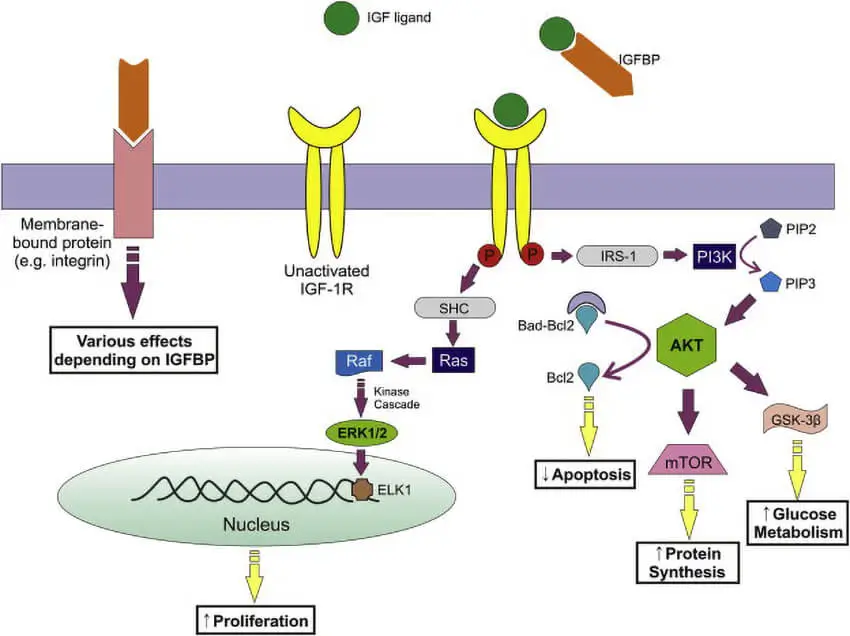
Comienza a bombear IGF-1. En el hígado en estado de ayuno, la unión de la GH (hormona del crecimiento) disminuye, por lo que queda más GH en el torrente sanguíneo. En la restricción proteica, se mantienen los receptores de GH pero no para IGF-1.
Para evitar la pérdida de músculo durante la restricción calórica y la dieta, y para aumentar los beneficios de la restricción calórica, lo mejor es realizar un entrenamiento de resistencia moderado. Esto no evitará la pérdida de músculo pero será beneficioso hasta cierto punto (Cava y otros, 2017).
Otra forma es evitar los alimentos no veganos o, en otras palabras, las fuentes de proteínas "completas" en grandes cantidades.
Cuando ingerimos una fuente incompleta de proteínas, es decir, que carece de algunos de los aminoácidos esenciales, no señalará la liberación de IGF-1 al mismo nivel. No se trata sólo de la cantidad total de proteína consumida, sino también de la fuente (Allen et al., 2002).
Si eres vegano y comes fuentes completas de proteína como la soja, anularás el beneficio. Esto se debe al perfil proteico. Los veganos, por ejemplo, que comen de 7 a 18 raciones de soja al día pueden acabar con niveles circulantes de IGF-1 relativos a los que comen carne. Esto se debe a que la soja contiene proteínas completas. Otras plantas también tienen proteínas de alta calidad. El alto nivel de consumo de proteínas en la dieta tiene otros efectos negativos a pesar de todo. Además, si su único objetivo es evitar la pérdida de masa muscular durante la dieta y no está interesado en la longevidad, querrá aumentar su ingesta de proteínas.
La buena noticia es que podemos utilizar la autofagia para limpiar nuestra base genética, la mala es que ya no lo hacemos. En el pasado la naturaleza nos forzaba al no proporcionarnos suficientes recursos. Hoy comemos con regularidad y aunque pasemos hambre eso no durará lo suficiente como para agotar nuestras reservas de glucógeno.
Referencias:
- Fernández-Ruiz I. (2017). Metabolismo: Restricción calórica para un envejecimiento saludable. Reseñas de Nature. Cardiología, 14(4), 190. https://doi.org/10.1038/nrcardio.2017.26
- Cava, E., Yeat, N. C., & Mittendorfer, B. (2017). Preservar el músculo sano durante la pérdida de peso. Avances en nutrición, 8(3), 511-519. https://doi.org/10.3945/an.116.014506
- Allen, N. E., Appleby, P. N., Davey, G. K., Kaaks, R., Rinaldi, S., & Key, T. J. (2002). The associations of diet with serum insulin-like growth factor I and its main binding proteins in 292 women meat-eaters, vegetarians, and vegans. Epidemiología, biomarcadores y prevención del cáncer : una publicación de la Asociación Americana para la Investigación del Cáncer, copatrocinada por la Sociedad Americana de Oncología Preventiva., 11(11), 1441-1448.[PubMed]
- Welton, S., Minty, R., O’Driscoll, T., Willms, H., Poirier, D., Madden, S. y Kelly, L. (2020). Ayuno intermitente y pérdida de peso: revisión sistemática. Médico de familia canadiense Medecin de famille canadien, 66(2), 117-125.[PubMed]
- Zouhal, H., Saeidi, A., Salhi, A., Li, H., Essop, M. F., Laher, I., Rhibi, F., Amani-Shalamzari, S., & Ben Abderrahman, A. (2020). Exercise Training and Fasting: Current Insights. Revista de acceso abierto de medicina deportiva, 11, 1-28. https://doi.org/10.2147/OAJSM.S224919
- Denduluri, S. K., Idowu, O., Wang, Z., Liao, Z., Yan, Z., Mohammed, M. K., Ye, J., Wei, Q., Wang, J., Zhao, L., & Luu, H. H. (2015). Factor de crecimiento similar a la insulina (IGF) de señalización en la tumorigénesis y el desarrollo de resistencia a los medicamentos contra el cáncer. Genes y enfermedades, 2(1), 13-25. https://doi.org/10.1016/j.gendis.2014.10.004
Contenidos Relacionados
¿Tienes alguna duda acerca de la nutrición y la salud?
Me encantaría saber de usted y responderlas en mi próxima publicación. Agradezco sus aportes y opiniones y espero tener noticias suyas pronto. También te invito a síguenos en Facebook, Instagram y Pinterest para más contenidos sobre dieta, nutrición y salud. Puedes dejar un comentario allí y conectar con otros entusiastas de la salud, compartir tus consejos y experiencias, y recibir apoyo y ánimo de nuestro equipo y nuestra comunidad.
Espero que este post le haya resultado informativo y ameno y que esté preparado para aplicar los conocimientos adquiridos. Si le ha resultado útil, por favor compártelo con tus amigos y familiares que también podrían beneficiarse de ella. Nunca se sabe quién puede necesitar orientación y apoyo en su camino hacia la salud.
– También Te Puede Interesar –

Aprenda Sobre Nutricion
Milos Pokimica es doctor en medicina natural, nutricionista clínico, escritor sobre salud médica y nutrición y asesor en ciencias de la nutrición. Autor de la serie de libros Go Vegan? Revisión de la Ciencia, también dirige el sitio web sobre salud natural GoVeganWay.com.
Descargo De Responsabilidad Médica
GoVeganWay.com le ofrece reseñas de las últimas investigaciones relacionadas con la nutrición y la salud. La información proporcionada representa la opinión personal del autor y no pretende ni implica sustituir el asesoramiento, diagnóstico o tratamiento médico profesional. La información proporcionada tiene fines informativos únicamente y no pretende sustituir la consulta, el diagnóstico y/o el tratamiento médico de un médico o proveedor de atención médica calificado.NUNCA ignore el CONSEJO MÉDICO PROFESIONAL O RETRASAR la BÚSQUEDA de TRATAMIENTO MÉDICO a CAUSA DE ALGO QUE HAYA LEÍDO EN O accesibles a TRAVÉS de GoVeganWay.com
NUNCA APLICAR CUALQUIER cambio de ESTILO de vida O CAMBIOS EN su totalidad COMO UNA CONSECUENCIA DE ALGO QUE HA LEÍDO EN GoVeganWay.com ANTES de CONSULTAR con LICENCIA PROFESIONAL MÉDICO.
En el caso de una emergencia médica, llame a un médico o al 911 inmediatamente. GoVeganWay.com no se recomienda ni aprueba ninguna de los grupos, las organizaciones, las pruebas, los médicos, productos, procedimientos, opiniones u otra información que pueda ser mencionado en el interior.
Selecciones del editor –
Milos Pokimica es escritor especializado en salud y nutrición y asesor en ciencias nutricionales. Autor de la serie de libros Go Vegan? Revisión de la Ciencia, también dirige el sitio web sobre salud natural GoVeganWay.com.
Últimos artículos -
Top Noticias De Salud — ScienceDaily
- Everyday chemicals are quietly damaging beneficial gut bacteriaen enero 5, 2026
A large study has revealed that dozens of widely used chemicals can damage beneficial gut bacteria. Many of these substances, found in pesticides and everyday industrial products, were never thought to affect living organisms at all. When gut bacteria are stressed by these chemicals, some may also become resistant to antibiotics. The research raises new questions about how chemical exposure could be influencing human health behind the scenes.
- This CRISPR breakthrough turns genes on without cutting DNAen enero 5, 2026
A new CRISPR breakthrough shows scientists can turn genes back on without cutting DNA, by removing chemical tags that act like molecular anchors. The work confirms these tags actively silence genes, settling a long-running scientific debate. This gentler form of gene editing could offer a safer way to treat Sickle Cell disease by reactivating a fetal blood gene. Researchers say it opens the door to powerful therapies with fewer unintended side effects.
- Scientists find a safer way to make cells burn more caloriesen enero 5, 2026
Researchers have developed experimental compounds that make cells burn more calories by subtly tweaking how mitochondria produce energy. Older versions of these chemicals were once used for weight loss—but were banned for being deadly. The new approach fine-tunes the effect, allowing cells to burn extra fuel safely. If successful, this could pave the way for new obesity treatments with added health benefits.
- Brain scans may finally end the guesswork in depression treatmenten enero 5, 2026
Researchers compared a traditional Chinese medicine, Yueju Pill, with a standard antidepressant and found both reduced depression symptoms. However, only Yueju Pill increased a brain-supporting protein associated with mood improvement. Brain imaging showed that unique network patterns—especially in visual regions—could predict who benefited most from Yueju Pill. This opens the door to more personalized depression treatments guided by brain scans.
- AI may not need massive training data after allen enero 5, 2026
New research shows that AI doesn’t need endless training data to start acting more like a human brain. When researchers redesigned AI systems to better resemble biological brains, some models produced brain-like activity without any training at all. This challenges today’s data-hungry approach to AI development. The work suggests smarter design could dramatically speed up learning while slashing costs and energy use.
- Why warm hugs feel so good to your brainen enero 4, 2026
Feeling warm or cold doesn’t just register on the skin—it changes how connected we feel to our own bodies. Research shows that temperature sensations help shape body ownership, emotional regulation, and mental well-being. Disruptions in thermal perception are linked to conditions like depression, trauma, and stroke-related body disconnect. These insights could lead to new sensory-based mental health treatments and more lifelike prosthetics.
- The invisible microbes that help keep us healthyen enero 4, 2026
Not all microbes are villains—many are vital to keeping us healthy. Researchers have created a world-first database that tracks beneficial bacteria and natural compounds linked to immune strength, stress reduction, and resilience. The findings challenge the long-standing obsession with germs as threats and instead highlight the hidden health benefits of biodiversity. This shift could influence everything from urban design to environmental restoration.
PubMed, #Dieta vegana –
- Response to Letter to the Editor: Iron, zinc, and iodine in vegan youthen enero 4, 2026
No abstract
- Impact of alpha-linolenic acid supplementation on long-chain n-3 fatty acid profiles in Western, flexitarian, vegetarian, and vegan dietsen diciembre 31, 2025
CONCLUSION: In conclusion, flaxseed oil supplementation combined with a controlled diet effectively improves n-3 LCPUFA status irrespective of habitual diet. The extent of relative improvement was primarily determined by baseline EPA concentrations.
- Vegetarian Dietary Patterns for Adults: A Position Paper of the Academy of Nutrition and Dieteticsen diciembre 31, 2025
It is the position of the Academy of Nutrition and Dietetics that, in adults, appropriately planned vegetarian and vegan dietary patterns can be nutritionally adequate and can offer long-term health benefits such as improving several health outcomes associated with cardiometabolic diseases. Vegetarian dietary patterns exclude meat, poultry, and seafood, and vegan dietary patterns exclude all foods of animal origin. Registered dietitian nutritionists (RDNs) and nutrition and dietetics…
- Academy of Nutrition and Dietetics’ Vegetarian Position Paper Mistakenly Links Vegetarian and Vegan Diets with Vitamin D Deficiencyen diciembre 31, 2025
No abstract
- The effect of a vegan diet with or without resistance exercise on thigh muscle volume in older adults. Research protocol of the Vold-study: a 12-week randomized controlled trialen diciembre 26, 2025
BACKGROUND: Plant-based diets are increasingly adopted. Plant-based foods exhibit a lower protein quantity and quality compared to animal-based foods. As such, a fully plant-based, i.e. vegan, diet may be suboptimal for the maintenance of skeletal muscle mass later in life. The primary objectives of this study protocol are therefore: (1) To assess the effect of a 12-week self-composed vegan diet in comparison to an omnivorous diet on thigh muscle volume in community-dwelling older adults; and…
Publicaciones aleatorias –
Publicaciones destacadas -
La última versión desde PubMed, #Dieta basada en plantas –
- Effects of Replacing Fish Meal With Plant Protein Sources in Diets With or Without Jack Mackerel Meal Inclusion on Growth Performance of Red Sea Bream (Pagrus major)por Yu Jin Sim en enero 5, 2026
Due to stagnant production and high cost of fish meal (FM), feed nutritionists are seeking reliable and affordable alternatives. However, low-FM diets often result in poor palatability, reduced feed consumption (FC), and impaired growth. This study investigates the effects of replacing FM with plant proteins in diets with or without jack mackerel meal (JMM) inclusion on the growth performance of juvenile red sea bream (P. major). A three-way {2 FM replacement sources (corn gluten meal [CGM] […]
- Cornmeal-based artificial diet improves development and reduces rearing costs of Spodoptera liturapor Aning Fan en enero 5, 2026
The tobacco cutworm, Spodoptera litura (Fabricius) (Lepidoptera: Noctuidae), is a major defoliating pest in East and South Asia and serves as an alternative host for the mass propagation of the parasitoid Telenomus remus. Therefore, optimizing the rearing cost of S. litura is critical for large-scale production to enhance efficiency and reduce costs. We evaluated 18 artificial diet formulations derived from a standard diet by incorporating corn flour and adjusting the ingredient ratios. The…
- Dietary Protein Source Shapes Gut Microbial Structure and Predicted Functional Potential: A Systematic Integrative Re-analysis Using Machine Learningpor Samson Adejumo en enero 4, 2026
CONCLUSION: Dietary protein source significantly influences gut microbiota composition and functional potential in mice. Plant- and animal-based proteins generate distinct metabolic signatures with implications for nitrogen cycling, sulfur metabolism, and microbial ecology. Future controlled dietary studies that harmonize protein source with other macronutrient variables are needed to isolate protein-specific effects.
- Adjunctive nutritional intervention improves glycaemia and quality of life in dapagliflozin-treated diabetic patientspor Yifan Liu en enero 3, 2026
CONCLUSION: Adjunctive nutritional intervention significantly enhances the glycaemic, renal, nutritional and quality-of-life benefits of dapagliflozin in patients with DN, offering a promising integrated therapeutic strategy.
- Effects of incrementally increased plant-based protein intake on gut microbiota and inflammatory-metabolic biomarkers in healthy adultspor Samira Prado en enero 2, 2026
Shifting to a plant-based diet naturally alters protein source choices. In many countries, protein from yellow pea is widely used as a main ingredient in meat alternatives. Still, its biological effects, especially regarding gastrointestinal health, remain incompletely understood. The aim of our study was to investigate how a weekly increase in the intake of a well-characterized pea protein isolate affects surrogate markers of health, fecal short-chain fatty acids and gut microbiota […]
- Uric acid levels mediate the association between four dietary indices and kidney stones in US adults: A cross-sectional study of NHANES 2007-2018por Jinlong Cao en enero 2, 2026
CONCLUSION: Healthy dietary patterns are associated with a reduced risk of kidney stones, partially mediated by uric acid levels.





